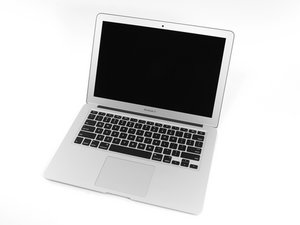Mac NVME error year after upgrade
Hello everyone, hopefully someone can help me out. A year after changing the SSD on my macbook air early 2017 A1466 I started to get kernel panics (full report below). The macbook originally had 128gb and I upgraded to crucial's 1tb CT1000P1SSD8.
I bought the SSD new from ebay with adaptor and macOS 10.14 already pre-installed. Thing is the whole thing worked flawlessly for a year, but now whenever I give it more load like having slack open, opening android studio and an android emulator after a while the computer freezes and crashes (emulator seems to be the main culprit but having other heavy processes running does the same, e.g. it can be xcode + ios simulator + spotify + a bunch of safari tabs + slack etc.).
What's super strage is that when I open the lid, pull out the ssd and put everything back, it works nicely again for a while (can be even weeks), even under huge load.
Also, sometimes (rarely), when it panics and automatically restarts, it fails to boot with the crossed over circle icon until I give it some time. The computer always was warm whenever the panic happens so I think it may be related to heat, but don't understand why pulling the ssd and putting it back works, it's very firmly installed, like the original one was.
I tried to look at the stats using drivedx (and in real time too) and on bootcamp using crucials management app on windows and could not find any issues with heat or other things, health is always very good 0 warnings 0 errors etc. Also tried apple's diagnostics and no issues there too.
The same problems (only in the form of a bsod) are present when using windows 10 via bootcamp. Also would like to mention that apart from changing the SSD I did not do any other modifications (only opened it up to swap the ssd and did it very carefuly, nothing else).
This is one of the full crash reports (they are always the same):
https://gist.github.com/pauliusj/aa0c122...
Also the Mac is currently on Mojave 10.14.6
Any suggestions would be appreciated :)
Bu iyi bir soru mu?


 2
2 
 338
338  973
973 



